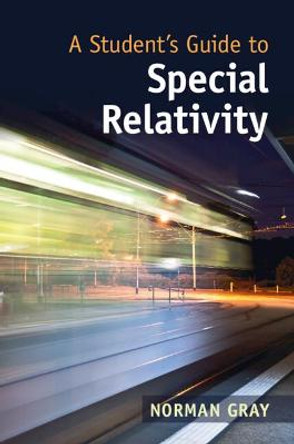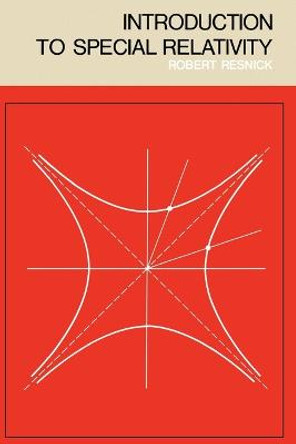Description
This book presents Special Relativity in a language accessible to students while avoiding the burdens of geometry, tensor calculus, space-time symmetries, and the introduction of four vectors. The search for clarity in the fundamental questions about Relativity, the discussion of historical developments before and after 1905, the strong connection to current research topics, many solved examples and problems, and illustrations of the material in colloquial discussions are the most significant and original assets of this book. Importantly for first-time students, Special Relativity is presented such that nothing needs to be called paradoxical or apparent; everything is explained.
The content of this volume develops and builds on the book Relativity Matters (Springer, 2017). However, this presentation of Special Relativity does not require 4-vector tools. The relevant material has been extended and reformulated, with additional examples and clarifications.
Thisintroduction of Special Relativity offers conceptual insights reaching well beyond the usual method of teaching relativity. It considers relevant developments after the discovery of General Relativity (which itself is not presented), and advances the reader into contemporary research fields. This presentation of Special Relativity is connected to present day research topics in particle, nuclear, and high intensity pulsed laser physics and is complemented by the current cosmological perspective. The conceptual reach of Special Relativity today extends significantly further compared even to a few decades ago.
As the book progresses, the qualitative and historical introduction turns into a textbook-style presentation with many detailed results derived in an explicit manner. The reader reaching the end of this text needs knowledge of classical mechanics, a good command of elementary algebra, basic knowledge of calculus, and introductory know-how of electromagnetism.About the Author
Johann Rafelski is a theoretical physicist working at The University of Arizona in Tucson, USA. Born in Krakow, Poland in 1950, he received his Ph.D. with Walter Greiner at Johann Wolfgang Goethe University, Frankfurt, Germany in 1973. In 1977 Rafelski arrived at CERN-Geneva, where with Rolf Hagedorn he developed the search for quark-gluon plasma in relativistic heavy ion collision as a novel research domain. He invented and developed the strangeness quark flavor as the signature of quark-gluon plasma, advancing the discovery of this new phase of primordial matter. Professor Rafelski teaches Relativity, Quantum, Particle and Nuclear Physics; in addition to CERN and Arizona, he also has held professional appointments at the University of Pennsylvania in Philadelphia, Argonne National Laboratory in Chicago, the University of Frankfurt, the University of Cape Town, the University of Paris-Jussieu, and the Ecole Polytechnique. He has been a DFG Excellence Initiative Professor atLudwig-Maximillian University Munich. In collaboration with researchers from the Ecole Polytechnique in Paris and ELI-Beamlines in Prague he is using ultra-intense lasers in nuclear and fundamental physics.
Prof. Rafelski is the editor of the open-access book: Melting Hadrons, Boiling Quarks - From Hagedorn Temperature to Ultra-Relativistic Heavy-Ion Collisions at CERN - With a Tribute to Rolf Hagedorn (Springer, 2016) and he has authored the book: Relativity Matters - From Einstein's EMC2 to Laser Particle Acceleration and Quark-Gluon Plasma (Springer, 2017).Book Information
ISBN 9783030543518
Author Johann Rafelski
Format Paperback
Page Count 458
Imprint Springer Nature Switzerland AG
Publisher Springer Nature Switzerland AG









